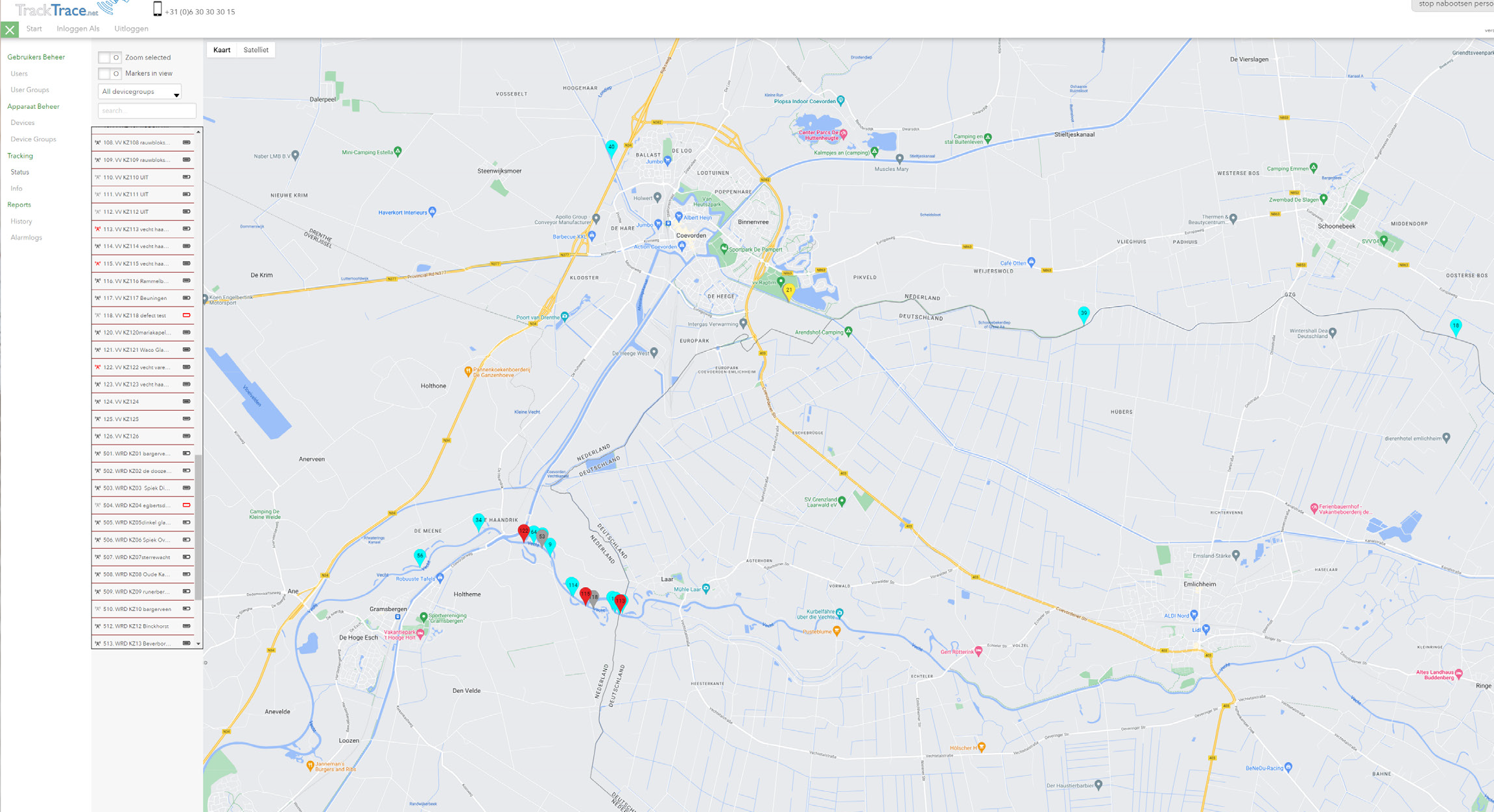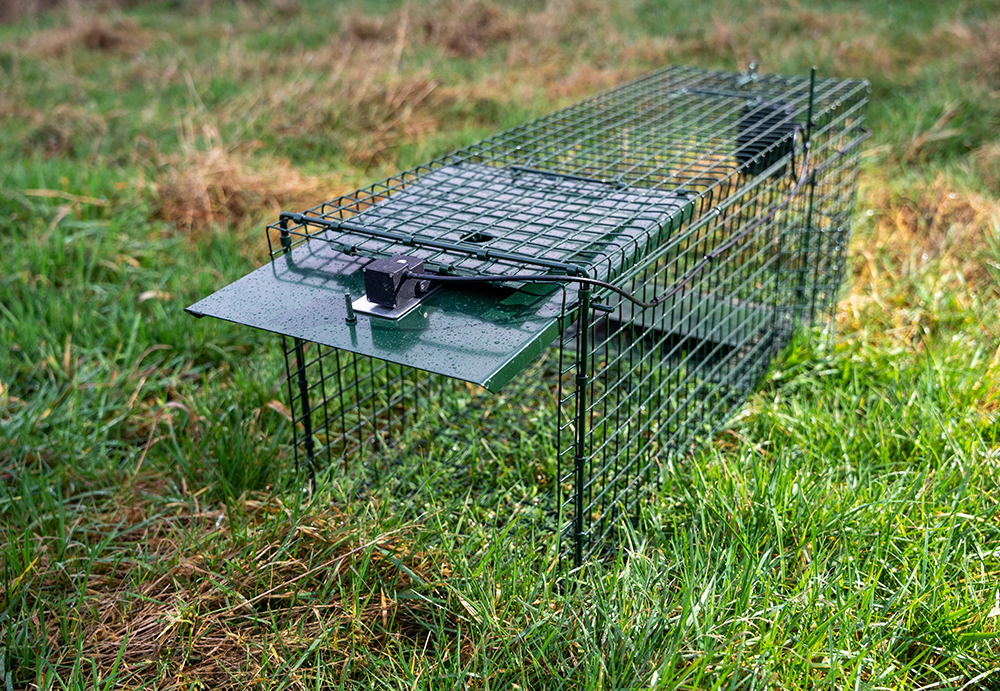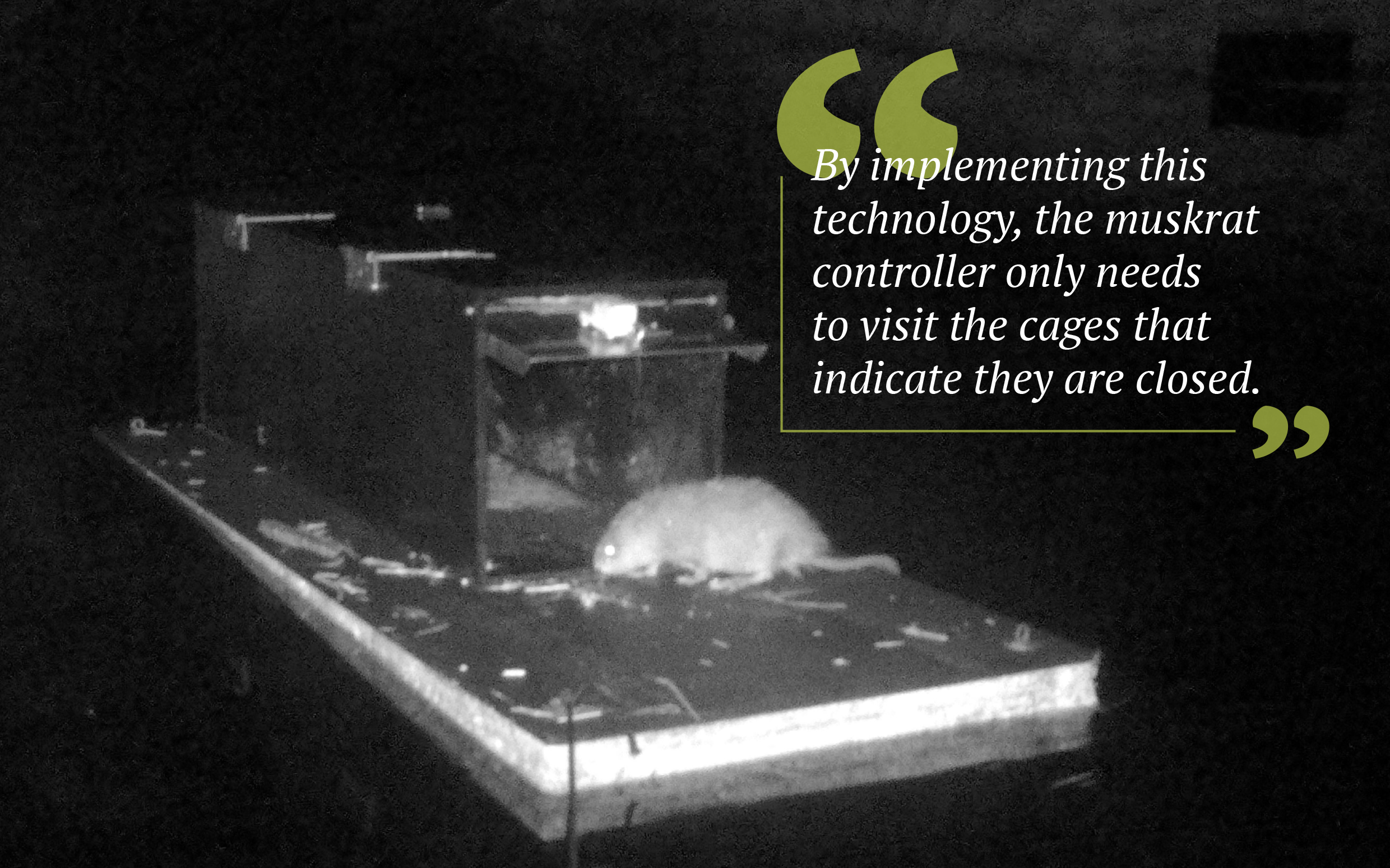INNOVATION & TECHNOLOGY FOR
NATURE MANAGEMENT


The Union of Water Boards is the association of the Dutch water boards. Water boards handle water management and water treatment. In total, there are 21 water boards in the Netherlands.
Muskrat and Beaver rat management in the Netherlands is conducted by the water boards. The Muskrat and Beaver rat are invasive alien species that do not belong in the Netherlands. They cause damage because they dig tunnels and burrows in dykes and make extensive underground tunnel systems. They also disrupt biodiversity. These animals are controlled using various methods including live traps (cages).
With the use of live traps, muskrat controllers must inspect (visit the cages) every 24 hours to check whether an animal has been caught in the cage. This is a time-consuming task involving many hours.
Robor Electronics started producing a birth alarm for horses in 1995. The birth alarm was a precursor to IoT (internet of things) devices and, with the necessary further developments, is still a product that is sold widely in Europe. Another product developed by Robor Electronics, the GPS tracer (click trace) was Robor Electronics’ first true IoT product that could be monitored on an online platform.
By combining these products into one product, the trap detector was developed. The trap detector is attached to a live trap. A dashboard shows the location and status of each trap.
The moment the trap door closes, an alarm is generated and a notification is visible on the online platform. The muskrat controller will simultaneously receive a message on his/her mobile phone.

Online platform for visualizing the status of all traps.

An example of a Smart Life Trap.
By implementing this technology, the muskrat controller only needs to visit the cages that indicate they are closed. This allows the controller to carry out his/her work more efficiently and the control has also become more animal friendly because bycatches can be released faster.
To make the control of Muskrats and Beaver rats more animal-friendly, the water boards and several knowledge institutes with fellow organisations in Belgium and Germany in the Life MICA project (https://lifemica.nl/) conducted several studies on monitoring and control methods. Robor Electronics took part in one of the themes called Smart Life Traps.

A screenshot of the enduser interface showing the activated trap details

The Smart Life Trap is a trap that is equipped with a camera system, PIR sensor and AI software to automatically determine which animal to trap. The operation of the Smart Life Trap is as follows; when an animal enters the cage, it is detected by the PIR sensor which then activates the system from “sleep” mode. The camera system starts taking pictures and data analysis takes place locally. If the animal is classified as Muskrat or Beaver rat, the door closes. After the trap is closed, a message is sent to the end-user with details of the capture, the location of the trap and a photo of the animal.
For other classification, for example, a duck or an otter, the cage door stays open so that the animal can get out on its own. This prevents bycatches and unnecessary stress of animals that are not a target species.
This method also saves a lot of time and costs by optimising technology and operational execution.
The Smart Life Trap development has provided challenges (e.g., connectivity in areas with poor network coverage, analysis software, etc.), but also showing that the concept is functionally workable. With the achieved project results (lessons learned, conclusions and recommendations), the importance of technology development for nature management has become even more clear. We hope to see many new developments and techniques from the market in the future to contribute to saving and protecting humans, animals and the environment through innovation and technology.